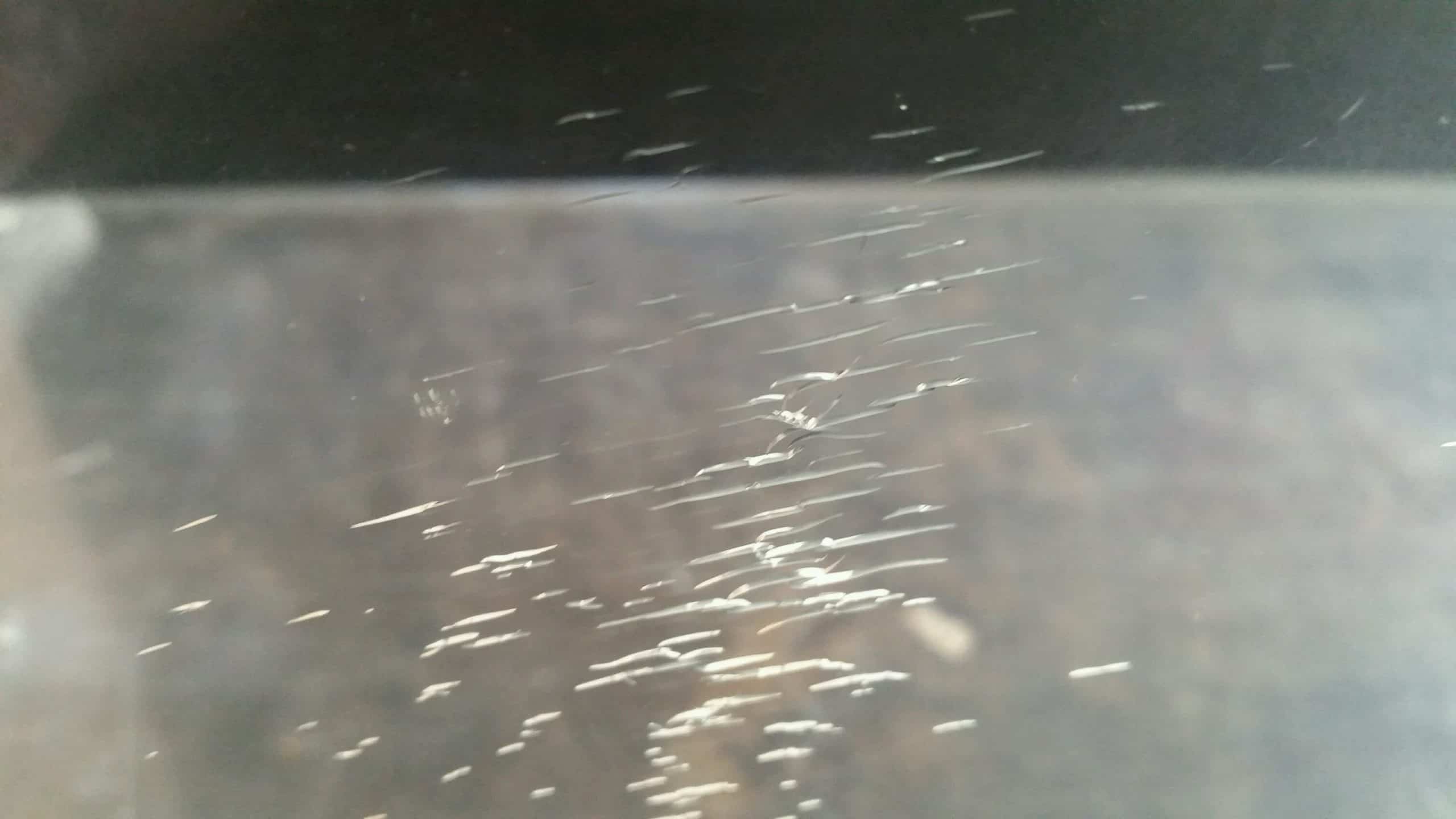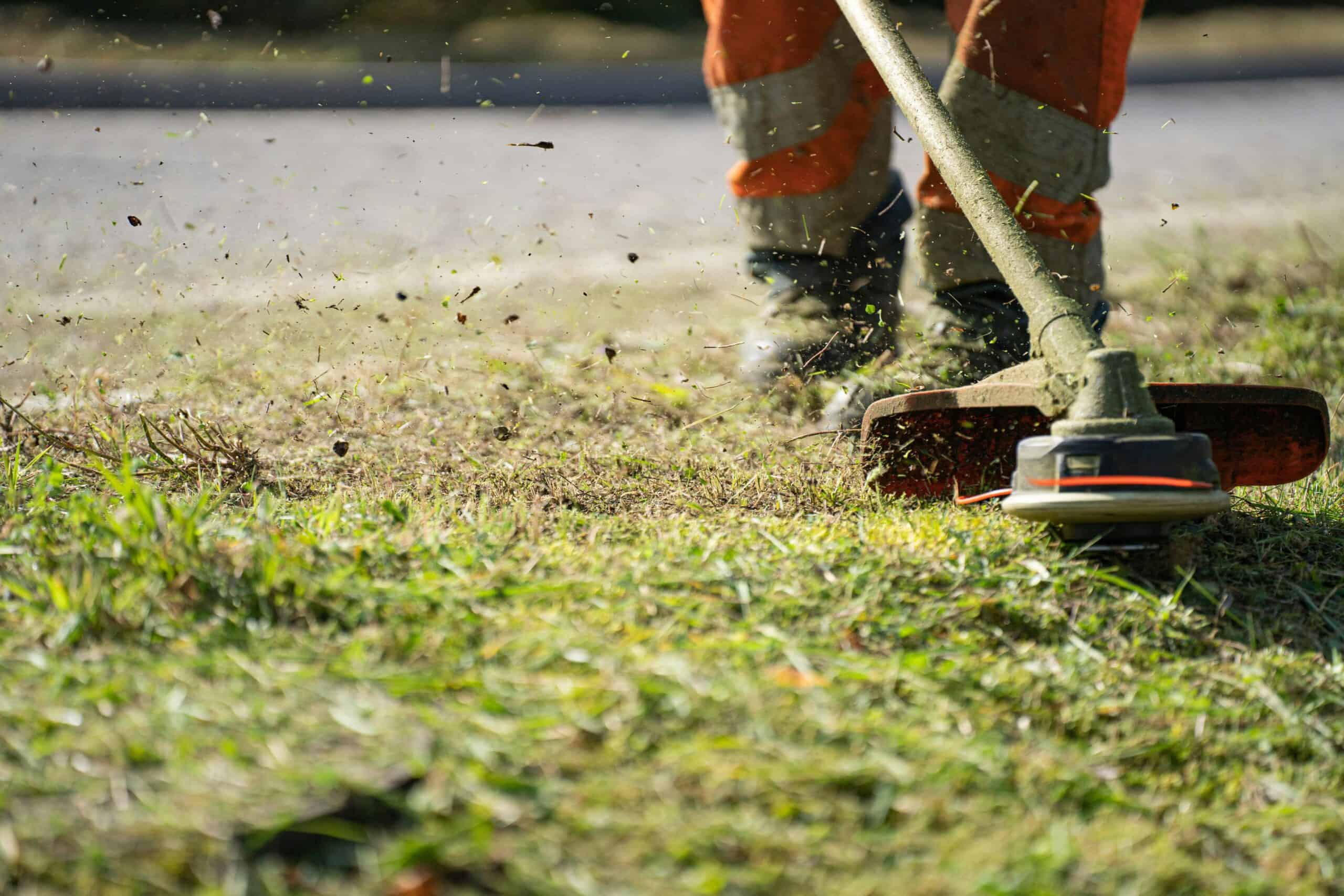As a pet owner, you'll have doors and windows that are either frosted or scratched up most of the time; the same applies to windscreens— and no, we can't always blame the sun. These surfaces are made of a transparent plastic material known as Plexiglass or acrylic plastic. Long story short— plexiglass scratches or that frosted appearance are sure and inevitable. So with this minor life crisis in mind, we searched for the best plexiglass scratch remover the market could offer for each situation.
Let's dig right in!
How Do You Maintain A Scratch-free Plexiglass Surface?
There are many products and specialized equipment in the market for removing scratches from Plexiglass, plastic cleaning, restoration, and polishing. We tested a good number of them and did a little digging, so you wouldn't have to sift through all that.
As mentioned earlier, acrylic – better known as Plexiglass, Perspex, or Lucite – is a popular form of plastic widely used due to its many advantages. For instance, Plexiglass has exceptional optical clarity and weighs 50% less than regular glass. However, compared to polycarbonate plastics, Plexiglass scratches more easily, which is not just a little unappealing but could lead to further damage.
Thankfully, with acrylic scratch removers and a tad bit of elbow grease, it's much easier to repair or remove scratches on the acrylic than to create the scratches in the first place.
First, you'll need to evaluate the surface, further guiding and determining the product and tools you'll need for the process, whether light, moderate or deep scratches on the plexiglass surface.
Maintenance and Polishing of Plexiglass
a) Never use paper towels; instead of removing scratches, they might cause further damage. So always stick with a microfiber cloth for cleaning and polishing.
b) Soapy water is acrylic's most effective and safest cleaning solution.
c) Always avoid the impulse to rub off the cleaning solution or plexiglass surface with a dry cloth, no matter how badly you want to clean the accumulated dust quickly.
d) Take a small amount of the acrylic polishing paste, spread it on the surface of the Plexiglass, and start buffing/polishing by hand or using a cloth disc.
e) Don't buff too long.
f) Never clean the plexiglass or acrylic surfaces using a scouring sponge.
How to Best Evaluate the Scratches on Acrylic Plastic?
As you evaluate the scratched area on the acrylic, it's vital to ensure that the surface is scratched and not just crazing.
Did the scratches appear right after cleaning the acrylic using a chemical-based cleaner? If so, it's most likely chemical damage commonly known as crazing— not scratching.
This is how it'd appear.

Image Credit: carvilleplastics.com
Crazing will require aggressive sanding and polishing to clear, but it will often never look as good as new, so getting a new sheet is generally advised if the crazed area is significantly large.
Scratched acrylic would instead look like this.

Image Credit: pinterest.com
Once you have determined that the Plexiglass is scratched, you'll need to determine the depth of the scratch. This helps decide the best acrylic cleaner and removal technique.
One way to evaluate the depth of the scratches is to run your fingernail over them lightly.
If the scratch catches your fingernail, it's likely a deep scratch. If possible, try to estimate how deep the scratch is. Any scratch that's deeper than 5 mm is categorized under heavy scratches. Generally, these are regarded as either irreparable or can occasionally be mended using specialty buffing tools.
Like deeper scratches, deep cracks also cannot be easily fixed. We'd recommend purchasing a new acrylic sheet or going for a tougher option, like polycarbonate.
Light to moderate scratches on Plexiglass is easier to deal with. With a good quality plexiglass scratch cleaner, wet and dry grit sandpaper, circular motions, and a few applications, you can remove scratches from Plexiglass.
This review will focus on the best plexiglass scratch removers you can use to fix 'light' or small to moderate scratches on Plexiglass.
1. Meguiar’s G190200 Quik Scratch Eraser Kit
- CAR KIT FOR PAINT BLEMISHES: 1 Meguiar's Quik Car Scratch Eraser...
- DRILL ACTIVATED: Meguiar's Scratch Eraser Pad attaches to a...
- EASY SCRATCH REMOVAL: Meguiar's ScratchX is a car scratch remover...
- TO USE: Shake well, apply ScratchX to the included eraser pad,...
- NEXT STEPS: Follow up with a wax like Meguiar’s Ultimate Quik...
The Meguiar's G190200 Quik scratch eraser kit also makes it to the list. The kit comes with Meguiar's proprietary eraser pad, ScratchX 2.0 paint cleaner, and a premium ScratchX Meguiar microfiber cloth to remove scratches from plexiglass surfaces.
It was originally formulated to cater to yacht detailing businesses, but Mer-maids has developed a widespread use and application outside the marine industry as a plastics cleaner.
The silicone and isopropyl alcohol formulation leave an anti-static, anti-fog, and protective coating. The Mer-maids plexiglass cleaner and polish formula may be a little concerning, but it doesn't harm hard plastics. From research, we also noticed that it doesn't contain any ammonia, petroleum distillates, or any nasty ingredients.
For those who prefer a product with no silicone, Mer-maids has an alternative cleaner, the Plas-Tec, that doesn't contain silicone.
It is easy to use and can be virtually used on any acrylic or plastic surface that needs restoration and clearing. This includes helmet shields, vinyl curtains and windows, Plexiglass and chrome galley equipment, soft side boat windows, flybridge wind deflectors, etc.
Pros:
Cons:
2. Plexi Brite MC69000 Clear Plastic & Glass/Polisher and Cleaner
- For Windscreen Surfaces
- For Visor Surfaces
- For All Plastic Parts and Accessories
- Foaming Action
If you're looking for a reliable and effective solution to restore the clarity of plexiglass, acrylic, and glass surfaces, the Plexi Brite MC69000 is an excellent choice. This professional-grade cleaner and polisher is designed to remove light to deep scratches, making it ideal for automotive, marine, and household applications.
One of its standout features is its two-in-one formula, which not only eliminates scratches but also restores shine and leaves a protective layer that resists future damage. It works well on headlights, windshields, acrylic furniture, and even display cases, making it a versatile option for various uses.
Additionally, Plexi Brite MC69000 is easy to apply, requiring only a microfiber cloth and some buffing to achieve noticeable results. It is safe for all clear plastics and glass surfaces, ensuring a streak-free and polished finish without causing further abrasions.
Pros:
Cons:
3. Sumner Laboratories (23305) 210 Plus Plastic Scratch Remover, Cleaner, and Polish
- 7 oz with Microfiber Towel
The Sumner Laboratories 210 Plus Plastic Scratch Remover is a top-tier choice for those looking to restore and protect plastic surfaces. This multi-purpose formula removes fine scratches and hazing and cleans and polishes in one step, leaving a crystal-clear, anti-static finish.
One of its standout features is its non-abrasive formula, making it safe for delicate plastic surfaces, including plexiglass, acrylic, polycarbonate, and even eyewear. It effectively removes fine scratches, swirl marks, and oxidation, helping to restore clarity and shine to surfaces like motorcycle windshields, aircraft canopies, display cases, and boat enclosures.
Additionally, this plastic scratch remover also acts as a protectant, leaving behind a thin, anti-fog, and anti-static layer that helps repel dust, fingerprints, and future abrasions.
Pros:
Cons:
4. NOVUS 7100 Plastic Polish Kit
- The NOVUS Polish Kit is perfect for protecting, cleaning,...
- Country of origin : United States
- Package weight : 2.0 Lbs
- Product type : Auto Accessory
If you're looking for a versatile and effective solution to restore plexiglass and other plastic surfaces, the NOVUS 7100 Plastic Polish Kit is a top choice. This three-step system is designed to clean, remove scratches, and polish plastic surfaces, making it ideal for both light and deep scratches.
This kit includes three formulas:
NOVUS 1: A gentle cleaner that removes dust, fingerprints, and light haze while leaving a protective anti-static coating.
NOVUS 2: Removes fine scratches and minor abrasions, restoring clarity and shine.
NOVUS 3: A heavy-duty formula to eliminate deep scratches and restore heavily damaged plastic surfaces.
One of the standout features of this kit is its wide range of applications. It works on acrylic, polycarbonate, plexiglass, and other plastic surfaces, making it useful for motorcycle windshields, headlight lenses, furniture, and even gaming collectibles.
The NOVUS 7100 Plastic Polish Kit is a trusted choice for those who want a complete plastic restoration solution. Whether you need to remove light surface scratches or deeper abrasions, this multi-step system delivers professional-grade results.
Pros:
Cons:
5. Rolite Ultra Fine Scratch Remover
- Refines, polishes and protects, this innovative ultra fine finish...
- Easy application restores plastic & acrylic surfaces by either...
- Refines and polishes out damage from the elements or scratches...
- Works amazing on headlights, aquariums, marine eisenglass and...
- Made in the USA, trusted brand for over 40 years, high...
The Rolite Ultra Fine Scratch Remover is an effective remedy for addressing light scratches, haze, and small blemishes on plexiglass surfaces. The non-abrasive solution maintains a glossy finish while providing clarity to delicate surfaces.
The scratch remover exhibits outstanding versatility among its main benefits. The Rolite Ultra Fine Scratch Remover functions on acrylic, polycarbonate, fiberglass, and other plastic surfaces, thus serving motorcycles, eyeglasses, headlights, boats, and multiple uses. The scratch remover functions properly on surfaces with paint or coating while delivering a mild yet impactful polishing action.
For those looking to maintain and restore lightly scratched or dulled plexiglass surfaces, the Rolite Ultra Fine Scratch Remover is an excellent choice. It provides a polished, crystal-clear finish without harsh abrasives, making it a must-have for plastic restoration.
Pros:
Cons:
In Conclusion:
Acrylic or plexiglass products are widely used in homes or workplaces, so they'll likely be scratched. However, it has great physical attributes, such as flexibility, that allow it to be easily buffed with special, slightly abrasive cleaning formulations that remove scratches.
However, not all scratches can be remedied. As a rule of thumb, removing scratches from Plexiglass is easy if the scratch is less than 5 mm deep. However, if the plexiglass piece has sustained a relatively deep scratch, cracked, or undergone such intense crazing, it may be time to replace the acrylic. Again, it's possible to fix. However, the amount of effort and specialized tools outweigh the worth.
With a few pieces of equipment, physical effort, and either of the best plexiglass scratch cleaners we've discussed, you can quickly repair any markings, clear discolorations, or fogginess. Each option we've discussed best suits particular surfaces and scratches levels. This comprehensive review will help you settle on what's best for you. Good luck!
What Should You Consider for the Best Plexiglass Scratch Cleaner?
i) Always avoid ammonia-based scratch removers; these include home glass cleaners. These products contain harmful ingredients that damage the plexiglass surface, leaving it a little cloudy.
ii) Always carefully check the packaging for intended use, and only use products that are particularly meant to be used on acrylic.
iii) Some abrasive plexiglass scratch cleaners could destroy the vinyl surface, so it's mostly advised to use a soft cloth to clean and polish it.
iv) Always avoid ammonia, and alcohol-based plexiglass cleaners, since they are known to dissolve plastics, especially on Plexiglass.
Frequently Asked Questions on the Best Plexiglass Scratch Cleaners
1. Can toothpaste be used to remove scratches from Plexiglass?
Toothpaste contains a compound known as silica which is abrasive enough to help clear minor scratches. It's quite effective in removing small surface marks on soft plastics. A non-gel paste with baking soda would be best.
Just squeeze out a pea-sized amount of the toothpaste, and ensure it's enough to cover the scratch. Then start buffing in a circular motion until the surface has evened out. You can use a damp cloth after to clean up the area.
2. How does a heat gun work in clearing out scratches on Plexiglass?
Steadily move the heat gun over the scratched region in continuous back-and-forth motions. This helps soften the plexiglass surface, allowing it to expand and fill the gaps created by the scratches. This helps make them disappear.















